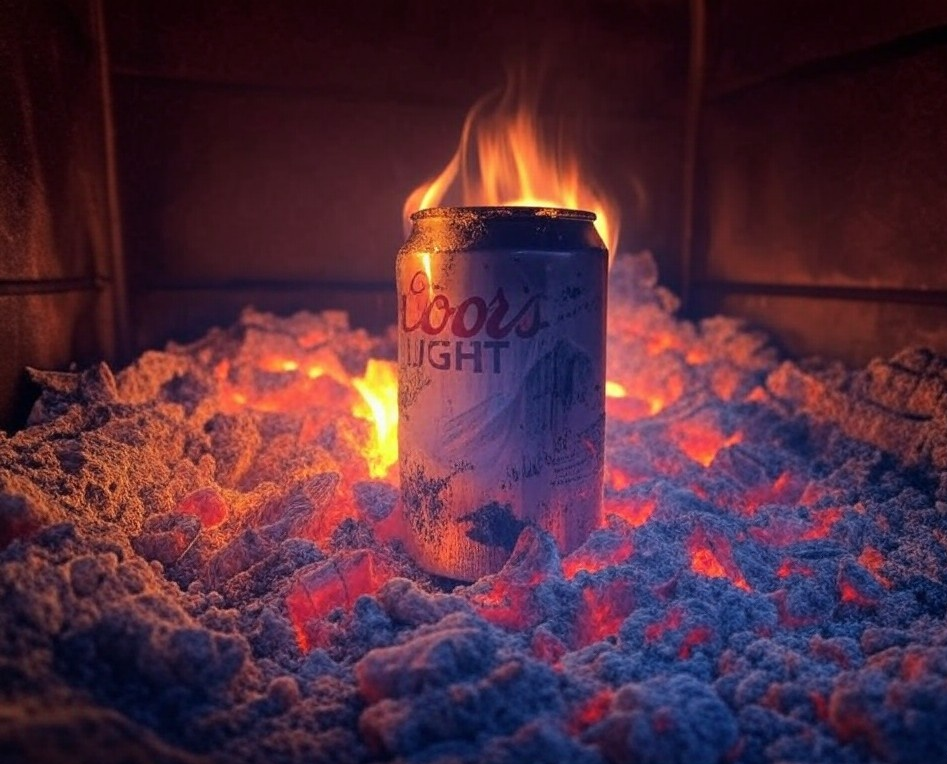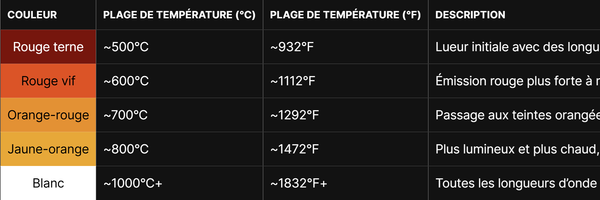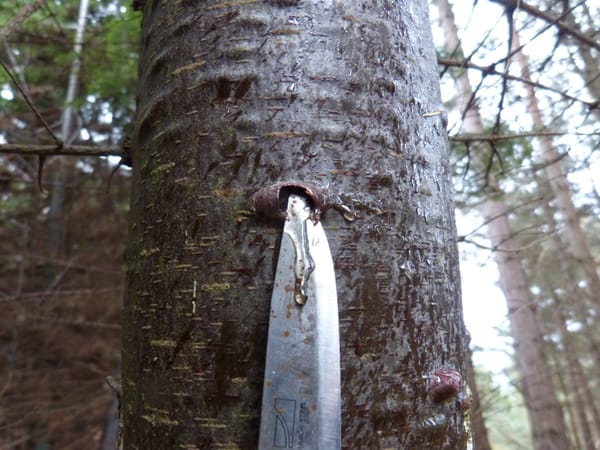Aluminum Can In Woodstove For Creosote (Debunked)
.

Ah, woodstoves. They’re cozy, charming, and occasionally the subject of very creative DIY hacks. One such gem of folklore? Tossing an aluminum can into your woodstove to reduce creosote buildup. Spoiler alert: This is about as effective as using a spaghetti strainer as a parachute. Let’s unpack where this myth came from, why it’s scientifically nonsensical, and why you should still not try it (even if you’re stubbornly attached to your beer cans).
🔥 The Myth’s Origin: A Tale of Wishful Thinking and Misplaced Hope
Picture this: It’s a chilly evening, and someone’s uncle Bob is sipping a beer by the fire. He crumples the can, chucks it into the stove, and declares, “This’ll clean the chimney!” And thus, a legend is born.
The logic (if we can call it that) seems to be that burning aluminum creates a chemical reaction that dissolves creosote. Maybe folks confused aluminum with catalytic converters? Or perhaps it’s a case of “metal = magic.” Either way, this myth has warmed hearts, but not chimneys, for decades.
🧠 The Simple Truth: Your Woodstove Doesn’t Care About Your Recycling Habits
Let’s cut to the chase: Burning aluminum cans does nothing to prevent or reduce creosote. Here’s why:
Creosote is a sticky, flammable tar that forms when wood doesn’t burn completely. It’s like the gunk left in a pan after burning cookies, except it coats your chimney instead. The key to minimizing creosote is burning wood hot and efficiently, not adding random metals to the fire.
Aluminum cans? They just sit there, melting into a sad puddle or smoldering into toxic fumes. They don’t interact with creosote chemically, physically, or spiritually. Your chimney remains unimpressed.
🔬 The Science Bit: Why Aluminum and Creosote Are Strangers
Creosote 101
Creosote forms in three stages:
- Stage 1: Fluffy, soot-like deposits (easy to brush off).
- Stage 2: Crunchy, tar-coated chunks (think charcoal briquettes dipped in syrup).
- Stage 3: Glazed, hardened nightmare fuel (a fire hazard).
This buildup happens when smoke cools too quickly in your chimney, usually due to:
- Wet or unseasoned wood.
- Smoldering fires (low oxygen).
- A cold chimney flue.
Aluminum’s Big Lie
Aluminum (Al) burns at ~1,220°C (2,228°F). Your woodstove? It tops out around 600°C (1,112°F). So instead of burning, that can just melts, releasing aluminum oxide particles and possibly toxic fumes (if the can has paint or plastic lining).
Zero reaction occurs between aluminum and creosote. They’re like two people at a party who never speak. The creosote keeps building; the aluminum just becomes hazardous confetti.
⚗️ Technical Explanation: Aluminum Oxidation and Chemical Inertness
To understand why melted aluminum can’t affect creosote, consider the following scientific facts:
- Melting and Oxidation:
Aluminum has a melting point of approximately 660°C (1220°F). In a woodstove, the overall temperature usually peaks around 600°C (1112°F), insufficient to fully melt aluminum under normal conditions. Even if a can does experience localized hot spots and melts, aluminum rapidly reacts with oxygen in the air to form a thin, adherent layer of aluminum oxide (Al₂O₃). This phenomenon, known as passivation, protects the underlying metal from further reaction. - Chemical Stability of Aluminum Oxide:
The aluminum oxide layer is extremely stable and chemically inert. It does not possess catalytic properties or reactive sites that could interact with the complex mixture of compounds found in creosote (primarily polycyclic aromatic hydrocarbons, phenols, and other oxygenated organics). In other words, once aluminum is oxidized, it loses any potential to chemically react with or alter creosote deposits. - No Catalytic Effect:
For a substance to break down or alter creosote, it would need to act as a catalyst, lowering the activation energy required to decompose these organic molecules. There is no known mechanism by which molten aluminum or its oxide layer could initiate such a reaction in the environment of a woodstove. The inert nature of Al₂O₃ means it remains passive, merely forming a protective barrier rather than interacting with or modifying creosote.
In summary, even if aluminum were to melt (or partially melt) in a woodstove, it quickly oxidizes to form a non-reactive barrier. This oxide does nothing to catalyze or break down creosote, leaving your chimney as clogged as ever.
☠️ Wait—Don’t Burn Cans Anyway! Here’s Why
Even though aluminum doesn’t touch creosote, there are big reasons to avoid this hack:
- Toxic Fumes: Burning aluminum releases harmful particles linked to respiratory issues. Coated cans? Even worse, they can emit dioxins and other nasties.
- Environmental Oopsie: Aluminum production is energy-intensive. Burning cans wastes resources (recycle them instead!).
- Stove Damage: Molten aluminum can corrode grates or clog air vents.
🧼 How to Actually Reduce Creosote
- Burn dry, seasoned wood (moisture content <20%).
- Keep fires hot and bright, no smoldering.
- Schedule annual chimney inspections and cleanings.
- Worried about Softwoods? Read this.
The only way to remove Creosote is mechanical, such as sweeping it!
🎤 Final Verdict
The “aluminum can vs. creosote” myth is a classic case of “Sounds cool, does nothing.” Save your cans for recycling, your lungs for breathing, and your chimney for professional sweeps. Your woodstove (and common sense) will thank you.
Got a quirky woodstove or firewood myth you want debunked? Drop it in the comments, we’ll tackle it with science and a side of sarcasm. 🔥🗑️
If you enjoyed this post and want to be notified of new posts, don't forget to signup for my newsletter. You can also join me on Discord!
Note: I will be doing some controlled experiments this summer to fully debunk this "myth" as some people have suggested. If you would like to be notified when I publish the results please signup for my newsletter.





